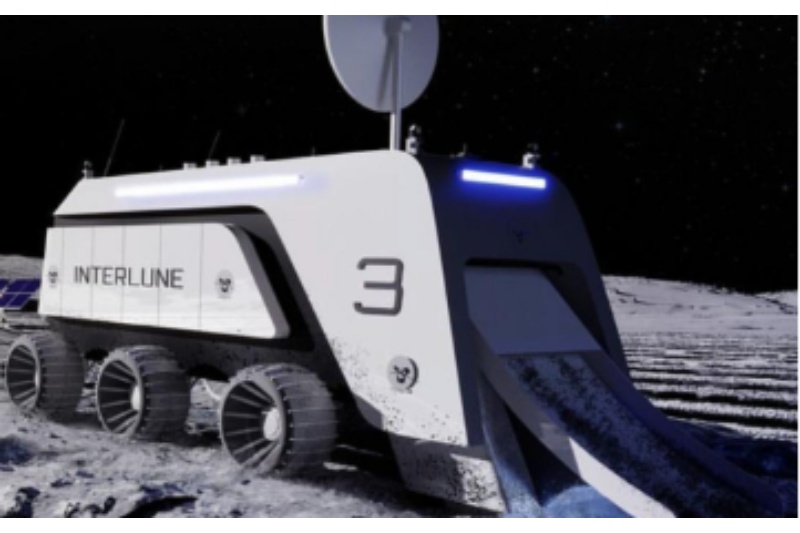Startup Interlune Plans to Begin Mining the Moon by 2030 in Order to find Helium-3

Trying to become the first private corporation to mine natural resources from the moon and sell them back to Earth is Interlune, a young startup. Since helium-3 is a common isotope on the moon, Interlune will first concentrate on studying this sun-produced helium isotope. The company intends to fly its harvester with one of the forthcoming commercial moon missions supported by NASA, according to Rob Meyerson, one of Interlune’s founders and a former president of Blue Origin, in an interview. It is intended to establish a lunar pilot plant by 2028 and start up operations by 2030, according to Meyerson.
This week, Interlune said that it had raised $18 million in funding, with $15 million of that coming from its most recent round headed by Seven Seven Six, the venture capital firm that Alexis Ohanian, a co-founder of Reddit, founded. Helium-3, the resource it is aiming for, has potential uses on Earth including quantum computing, medical imaging, and possibly even fusion reactor fuel in the future. Helium-3 is transported by solar winds to the moon, where it is believed to stay trapped in the soil until it reaches Earth, where it is obstructed by the magnetosphere.
Huge volumes of lunar dirt, or regolith, are to be excavated by Interlune, which will subsequently process the material and extract the helium-3 gas before returning it to Earth. In addition to its in-house developed lunar harvester, Interlune is preparing a robotic lander mission to determine the amount of helium-3 present at the chosen surface spot.
Meyerson stated in a statement that “harvesting natural resources from the Moon is technologically and economically feasible for the first time in history.” Meyerson, former chief architect of Blue Origin Gary Lai, astronaut Harrison H. Schmitt from Apollo 17, former executive of Rocket Lab Indra Hornsby, and James Antifaev, who worked on Alphabet’s Loon high-altitude balloon project, are among the initial team members.